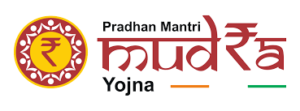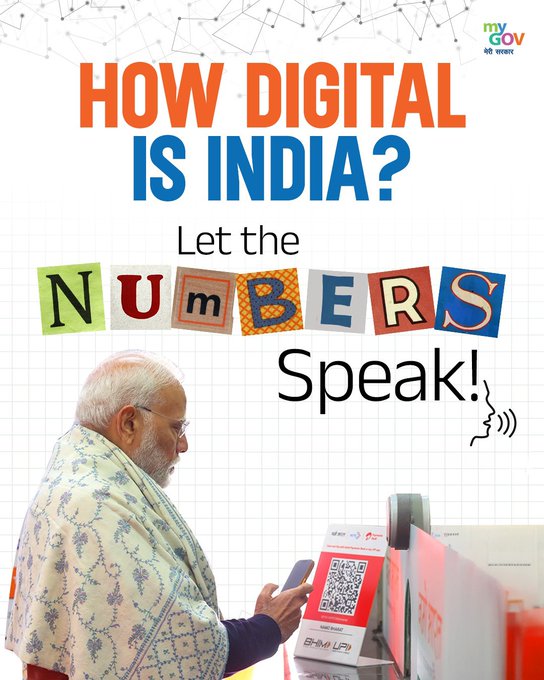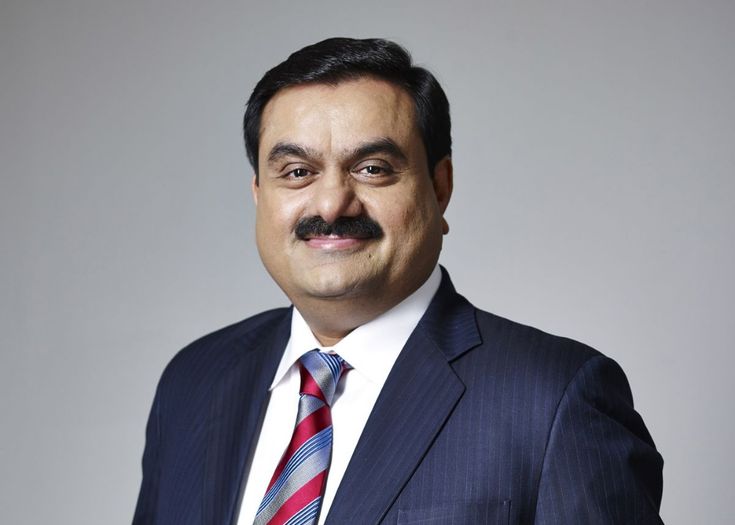The Mudra plan, which was introduced on April 8, 2015, has grown to become one of the government’s most significant financial inclusion programs.
Prime Minister Narendra Modi commemorated the tenth anniversary of the Pradhan Mantri Mudra Yojana’s (PMMY) inception on Monday. At his official residence in Delhi, the Prime Minister engaged with the scheme’s beneficiaries on the occasion.
Together with the recipients, PM Modi praised India’s burgeoning business spirit.
What is Mudra Yojana?
The Mudra plan, which was introduced on April 8, 2015, has grown to become one of the government’s most significant financial inclusion programs. It offers small-ticket loans to non-corporate, non-farm small and micro businesses in three different categories:
Shishu (up to Rs 50,000), Kishor (Rs 50,000 to Rs 5 lakh), and Tarun (Rs 5 lakh to Rs 10 lakh). almost the past ten years, almost 52 crore loans totaling Rs 32.61 lakh crore have been approved, according to official data released by the Center.
Throughout the conversation, PM Modi heard motivational tales from business owners all around India about how the program aided them in launching or growing their companies. Many emphasized how these loans, which were free of collateral requirements, gave them their first genuine opportunity to work for themselves, become financially independent, and even start their own businesses in their communities.
Economic change by gender
According to official figures, women entrepreneurs make up approximately 70% of all loan accounts, making their impact on PMMY a noteworthy feature of its success. Significant financial gains have resulted from this effort.
According to data from the Finance Ministry, the average loan amount per female borrower increased at a compound annual growth rate (CAGR) of 13% to Rs 62,679 between FY16 and FY25. At the same time, their average incremental deposits increased at a CAGR of 14% to Rs 95,269.
Noting that “an enabling policy environment for entrepreneurship through various programs, such as the Pradhan Mantri Mudra Yojana, is contributing to increased self-employment and formalization through credit,” the International Monetary Fund (IMF) recognized this progress in its 2024 report.
It further noted that, in part because of PMMY, there are already over 2.8 million women-owned MSMEs in India.
Increasing employment and expanding businesses
The impact of Mudra extends beyond specific business narratives. Over 20.7 lakh loans have been approved in areas like Jammu and Kashmir.The expansion isn’t limited to microbusinesses either.
From 5.9% in FY16 to 44.7% in FY25, loans under the Kishor category—which are utilized to build up operations—have increased dramatically. Additionally, the Tarun category is becoming more popular, suggesting that PMMY is not just launching new companies but also fostering their growth.
MSMEs: From the periphery to the mainstream
The foundation of the Indian economy is made up of Micro, Small, and Medium-Sized Enterprises (MSMEs), and PMMY has given them access to financing like never before. With projections to surpass Rs 30 lakh crore this year, MSME lending increased from Rs 8.51 lakh crore in FY14 to Rs 27.25 lakh crore in FY24.
Over the course of ten years, MSME credit’s percentage of overall bank lending rose from 15.8% to about 20%.




